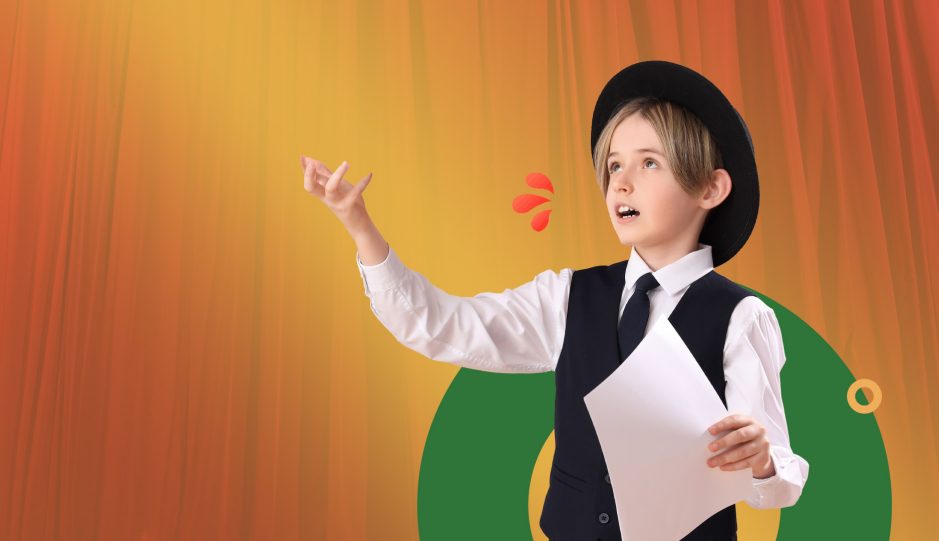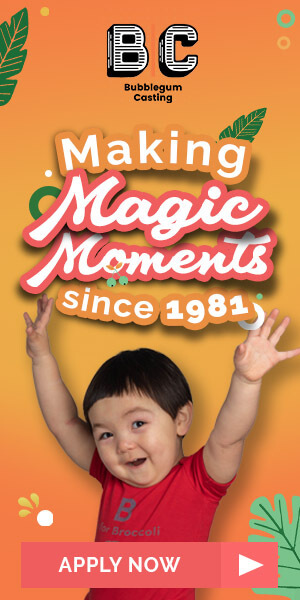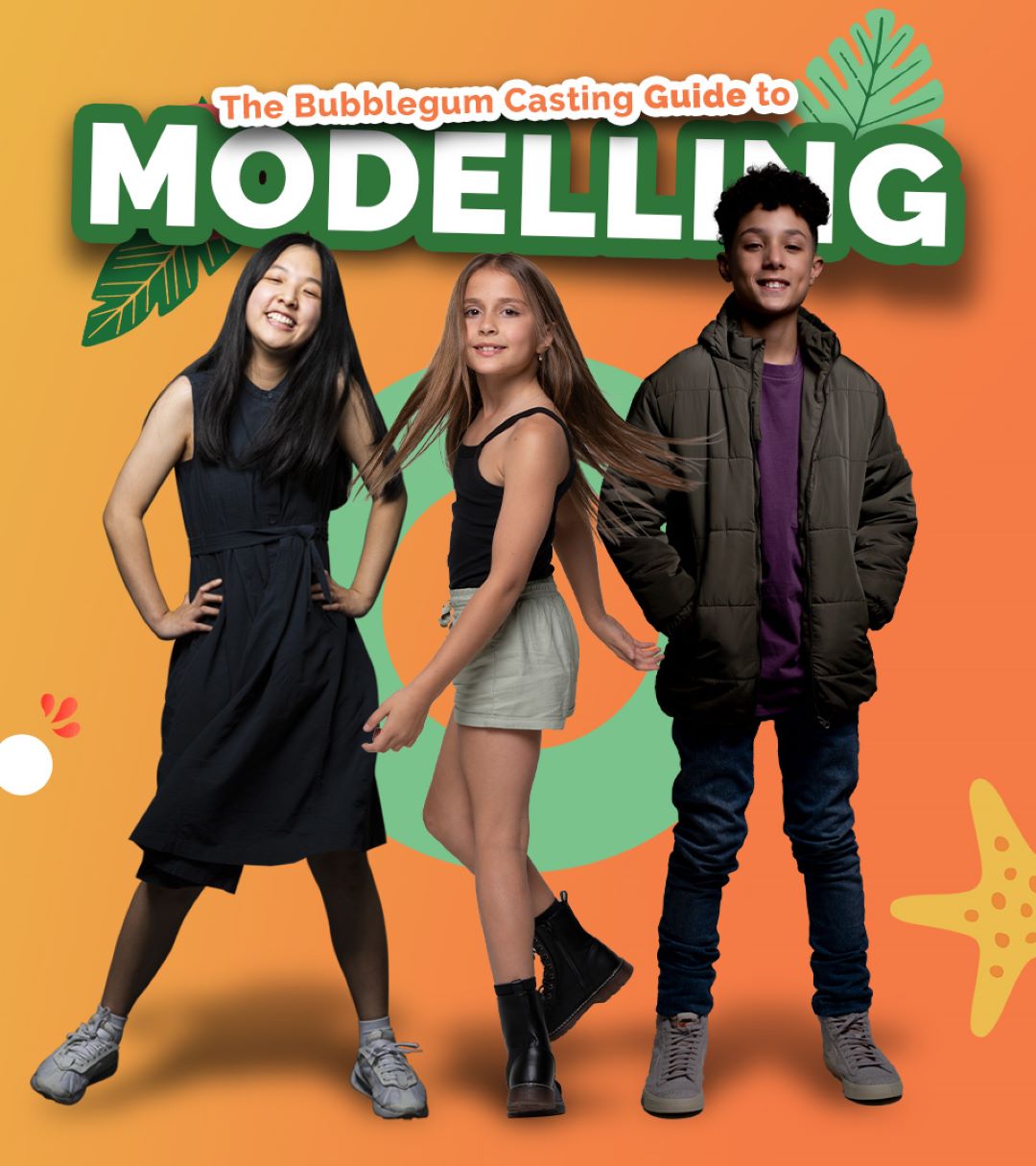Have you ever watched an actor perform and wondered, “How did they remember all those lines?” It’s a common question, especially from family members amazed by a performance.
They often think memorising lines is the toughest part of acting. But really, the true challenge often lies in managing performance anxiety and opening oneself up emotionally.
Today, let’s explore some effective methods to learn those tricky monologues, so the next time someone asks how you do it, you’ll know exactly what to tell them!
Understanding the Monologue
The first step in memorising a monologue is to understand what works best for you. Everyone has a unique learning style, so identifying whether you’re an auditory, visual, or kinaesthetic learner will help tailor your approach.
Break It Down
Before you dive into learning the monologue word for word, break it down into smaller parts. In theatre, these are often called “beats.” Each beat represents a shift in the scene—maybe the character’s objective changes, or they discover a new way to achieve their goals. These shifts could be sparked by a new piece of information, a change in emotion, or a decision that affects the storyline.
Understanding the structure of your monologue by identifying these beats makes it easier to remember. Instead of facing a daunting block of text, you can tackle it piece by piece, making the process more manageable.
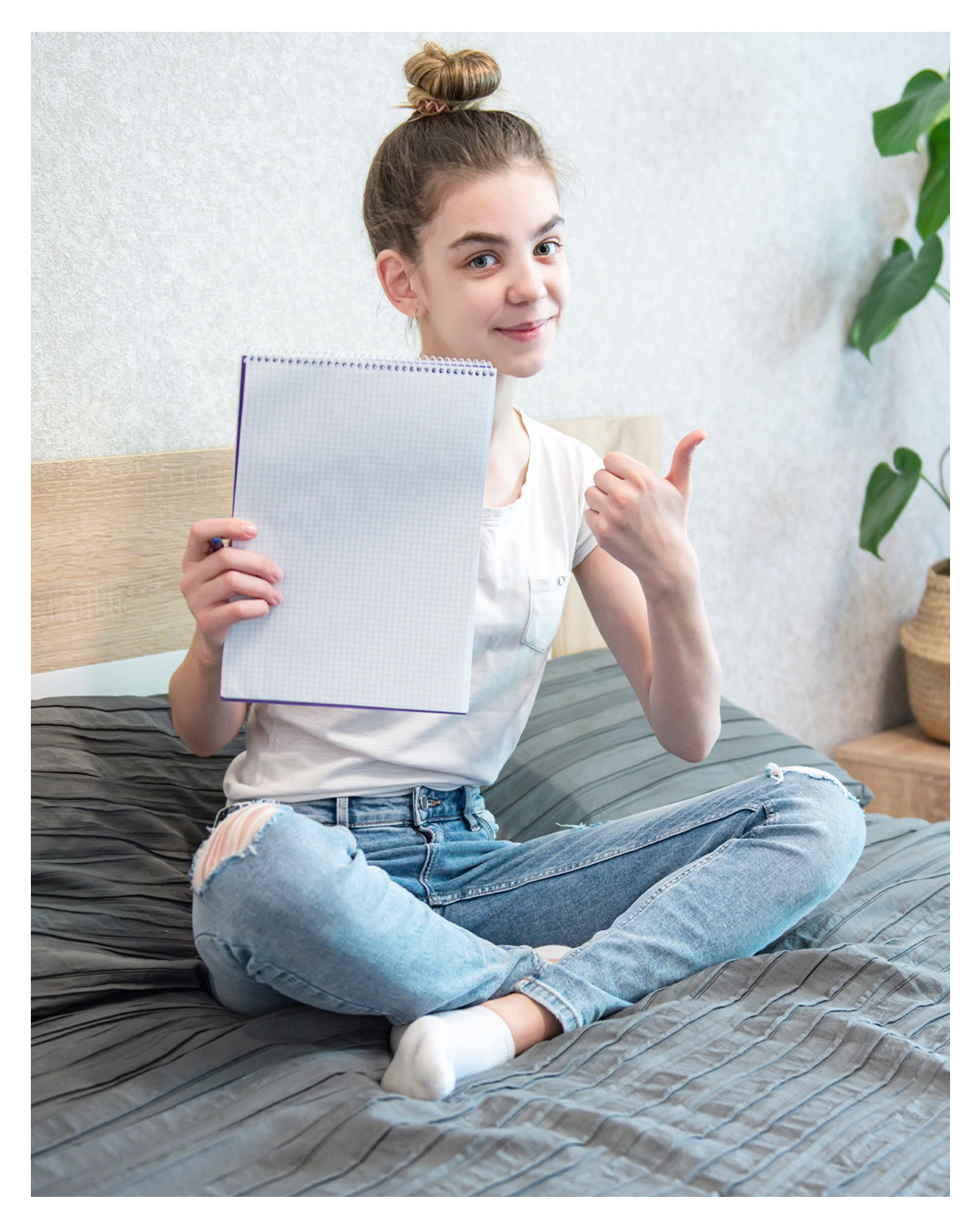
Use Beats Effectively
Here’s how you might break down a monologue into beats:
– Identify each significant shift in the text, whether emotional or informational.
– Label each beat with a descriptive name to remind you of the key focus or emotion in that segment.
– Practice each beat individually, then gradually string them together.
This method not only helps with memorisation but also enhances your understanding of the character’s journey through the monologue.
Tailoring Learning to Your Style
Each type of learner can adopt specific strategies to enhance memorisation:

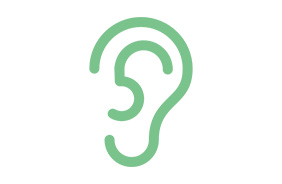

Visual Learners
If you learn best by seeing, try these techniques:
– Write down the monologue and highlight key words or phrases.
– Use mind maps or diagrams to visualise the flow of the monologue.
– Colour-code emotions or themes to create a visual association with the text.
Auditory Learners
Those who learn through listening might find these methods helpful:
– Read the monologue aloud repeatedly, paying attention to the rhythm and musicality of the words.
– Record yourself performing the monologue and listen back to it, noting areas for improvement.
– Discuss the monologue with others, exploring different interpretations and nuances.
Kinaesthetic Learners
If you learn best through movement and doing, consider these ideas:
– Associate physical actions or gestures with specific lines or beats to embed them in your muscle memory.
– Walk or move around while reciting the monologue to link your physical movement with the words.
– Rehearse in the actual space where you’ll be performing if possible, to make the environment part of your learning process.
Common Pitfalls to Avoid
– Avoid monotony: Repeating the monologue in a sing-song or monotonous way can detach you from the meaning of the words.
– Flexibility: Be wary of locking in your performance too early. Directors may seek to explore the monologue in ways you hadn’t considered, so maintaining flexibility is key.
Final Thoughts
Memorising a monologue is much like piecing together a puzzle. Each piece, or beat, is crucial to the overall picture, or performance. By breaking down the text, understanding your learning style, and practising effectively, you can master not just the words of the monologue but also the emotions and intentions behind them.
So, whether you’re preparing for your first audition or looking to hone your craft, remember that memorisation is just the beginning. The real magic happens when you bring the words to life with your unique interpretation and emotion. Good luck, and enjoy the process of becoming your character!
